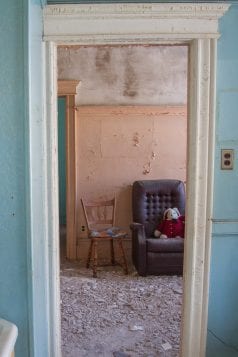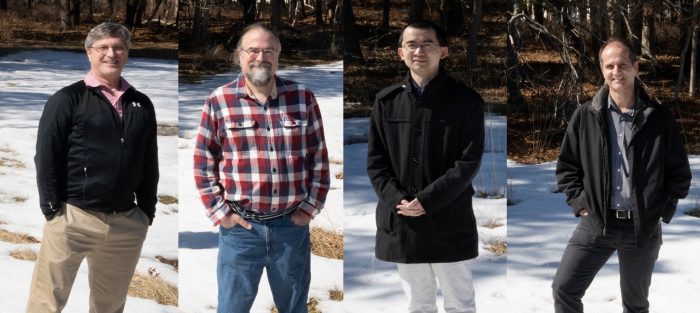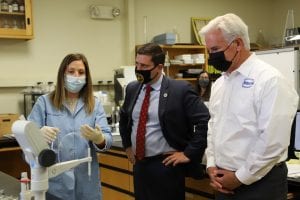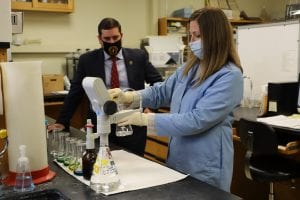Reviewed by Jeffrey Sanzel
‘So many people ask why I photograph abandonment. To me, it’s more than the decay or what people leave behind. Rather, it is the why … It’s the when. It’s the how. Sometimes we can research it. And other times we have to imagine it.’ — from the Preface of exploring HOME by Holly Hunt
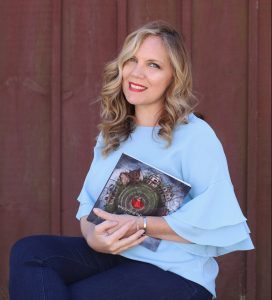
Reviewing any book of art is the epitome of subjectivity, especially one that showcases the work and not the process or biography. The millions of words that have been written about painting, sculpture, and photography do not approach seeing the work itself.
That said, I will try to find words to describe the visceral, sometimes disturbing, but always extraordinary photographic work of Holly Hunt, presented in her collection exploring HOME.
The locations range from outside houses to inside churches, against brick walls or open to the heavens; the subjects are as varied as the images. Each one speaks for itself, but together create a breathless whole. It also helps that she is a strong writer, and the accompanying text only enhances the pictures. Her prose is both lyrical and raw, exposing her soul every bit as much as the visuals she has captured. Sometimes the narrative directly references the photo; other times it is a more elusive reflection of the tone. And, in perhaps the richest complementary pieces, they somehow stand apart and yet together.
All artists are adventurers of one sort or another; they embark on journeys into the mind’s eye and soul. These are dangerous waters. Hunt takes this one step further. “… fear is a strange thing. It can hold you in its embrace and prevent you from flying, or it can propel you forward and set you free. Exploring set me free. And my camera was my security blanket.” Her camera was also a key, a window, and wings.
Whether sharing her mother’s struggle with cancer as well as her own illness, tales of bullying, or details of her love life, her efforts are ferociously, unapologetically personal. These are not bowls of fruit, sunsets, and landscapes. They are her heartaches and triumphs laid bare — fearless and challenging.
She is part alchemist, part phoenix. Ache and absence become imagery; art rises from the ashes. And occasionally, wry humor winks out in unusual places (“The Skirt,” “The Princess,” “The Prayer,” “The Gifts,” “The Cake”).
There are intriguing juxtapositions. Discussion of an unconsummated soulmate shows against a house whose façade doesn’t quite mask the deconstruction behind. The sense of loss on this bright day creates a contrast with her prone figure on the front walk. In the curve of a back, she captures anguish. Each picture represents an event and a life lesson: in pain, in loss, in epiphany.
 Each will speak differently to the individual viewer. On a personal level, these moments demand attention:
Each will speak differently to the individual viewer. On a personal level, these moments demand attention:
The muted colors and forced perspective of “The Umbrella” perfectly evoking the intersection of dream and reality.
The peeling paint, subtly unsettling, above the fireplace mantel in “The Demon.”
The embodiment of the word “seems” as her figure hangs over a bathtub in “The Bath.”
“The Some Bunny” engulfed in a chair, almost obscured, passively peeking around the door frame.
The coldness of the steps in “The Letter.”
The prideful blank verse of “The Haters” versus the horror of disappearance.
The contrast of the light from without and the darkness within in “The Stained Glass.”
A ceiling that is celestially damaged in “The Voiceless.”
The whimsy of the story versus the terror in the image of “The Shadow Puppets.”
The harshness against sparseness in “The Grief.”
A sky both blue and icy in “The Farewell.”
The play of light through the window of “The Drive Home.”
The nostalgia of intimate chaos in “The Crafter.”
The absolute pain of isolation in “The Game.”
The weight of the “The Anger.”
The barren loss of “The Records.”
The sun bleaching the emptiness of “The Theater.”
The starkness of “The Monster.”
“The Diner” echoes pastoral into pain.
Or that which is indescribable in “The Memory.”
In the many self-portraits, she obscures part of or even her entire face. And yet, she is in no way less present or unseen. The directness makes itself known. She is not hiding; she is revealing.
From sadness and grief — and the act of grieving — Hunt faces the shadows that looms. She also embraces the light that emerges from that darkness. It is not so much about resilience or survival; it is more than that. Time and again, she finds hope. Her final words: “This is only the beginning. I promise.”
These photos will haunt you. But, in the best sense. You won’t be able to look away.
Pick up your copy of exploring HOME at www.hollyhuntphotography.com and check out Holly Hunt’s current exhibition, “Abandoned Beauties,” at The Cheese Patch, 20 East Main Street, Patchogue, through May 30. Island Kava, 73 North Ocean Ave., Patchogue will also present a photography exhibit by Hunt this summer.





